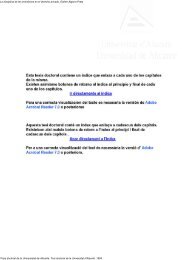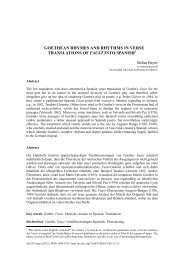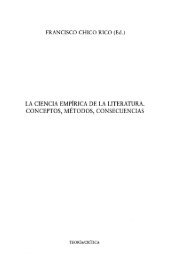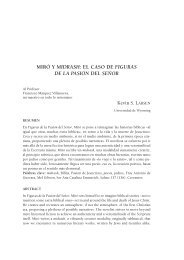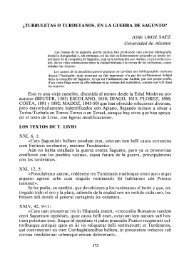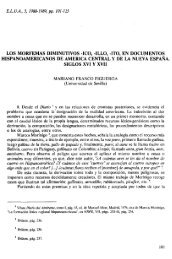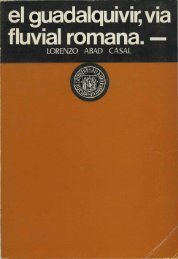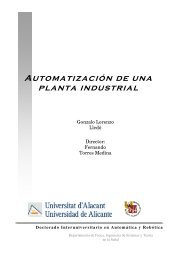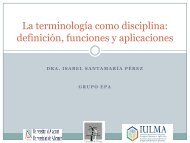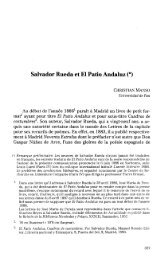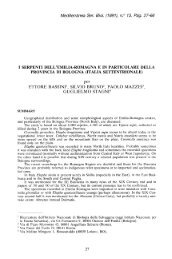ecological effects of marine protected areas empafish project ...
ecological effects of marine protected areas empafish project ...
ecological effects of marine protected areas empafish project ...
You also want an ePaper? Increase the reach of your titles
YUMPU automatically turns print PDFs into web optimized ePapers that Google loves.
EMPAFISH Booklet no. 1 Ecological <strong>effects</strong> <strong>of</strong> Atlanto-Mediterranean MPAs in the EU<br />
Bouches de Bonifacio: <strong>ecological</strong> studies<br />
� General<br />
o Fish assemblage<br />
Fish assemblages have been extensively studied in the area since 1986, using<br />
underwater visual census (UVC) as main sampling technique. The principal<br />
objective has been to develop an inventory (Camus et al. 1987; Joyeux et al.<br />
1988; Bouchereau et al. 1989; Tomasini et al. 1991). Some <strong>ecological</strong> studies<br />
including monthly variations, bathymetrics and biotops migrations (0-30 m) at<br />
Lavezzi Islands were carried out for 16 species fish (serranids, labrids and<br />
sparids) in 1992 in the rocky shores and Posidonia oceanica beds (Culioli<br />
1996).<br />
o Benthic communities<br />
The first inventories on the benthic fauna and algae have been carried out<br />
around Lavezzi islands (Frick et al. 1985; Chraibi & Ledoyer 1987; Verlaque<br />
1991) and extended to the whole area <strong>of</strong> the Strait <strong>of</strong> Bonifacio (Sartoretto &<br />
Pergent-Martini 1995). The inventory and the cartography <strong>of</strong> the mediolittoral<br />
and superior infralittoral species have been carried out since 1994 and are<br />
regularly operated by the Bonifacio MPA management (Blacher et al. 1994;<br />
Javel et al. 2005).<br />
� Reserve effect<br />
o Fish assemblage<br />
UVC monitoring program started in southern Corsica in 1995 at the large<br />
scale for <strong>protected</strong> area (partial, integral before 1982) and un<strong>protected</strong> <strong>areas</strong><br />
for the rocky shore and P. oceanica seabeds in summer and winter (Culioli<br />
1995). After the statistical studies about dispersion and sample size densities<br />
and biomass estimates (Mouillot et al. 1999; Mouillot & Culioli 2002), the<br />
monitoring was extended in 2002 to the northern <strong>of</strong> Sardinia with the support<br />
<strong>of</strong> the <strong>project</strong> <strong>of</strong> the international <strong>marine</strong> park (Culioli et al. 2003). After the<br />
creation <strong>of</strong> the Natural Reserve <strong>of</strong> Bonifacio Straits dated 1999, 15 stations<br />
for the Corsican part (in 2000, 2002 and 2005), and 12 stations for the<br />
Sardinian part (in 2002 and 2005) were monitored in order to compare the<br />
abundance and the biomass in the different regulations and managements<br />
situations.<br />
The biomass index appears to be on average about 6 times higher inside the<br />
MPA than outside (i.e. in the <strong>areas</strong> that are either un<strong>protected</strong> or with little<br />
surveillance). The biomass has increased two-three fold in two years, and<br />
four-fold in 10 years, and six fold in 20 years (for Sciaena umbra, the<br />
increase has been 6, 17 et 38 times, respectively). In 2005, in the area <strong>of</strong><br />
Cerbicale, biomass increased three times since the ban on underwater spear<br />
fishing in 1999, reaching the level observed inside the MPA, and therefore<br />
proving the effectiveness <strong>of</strong> the MPA rules and their application (Culioli,<br />
63



